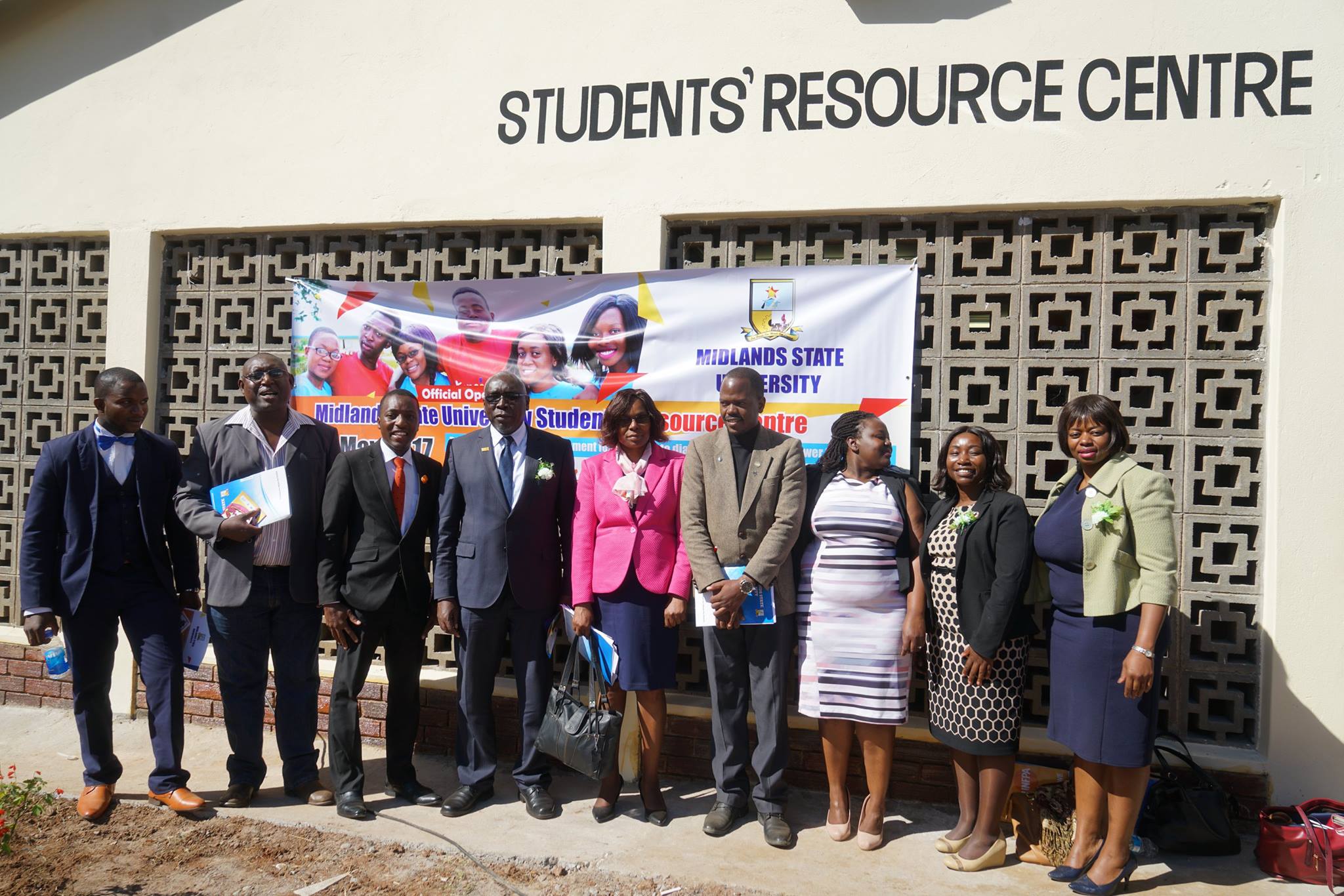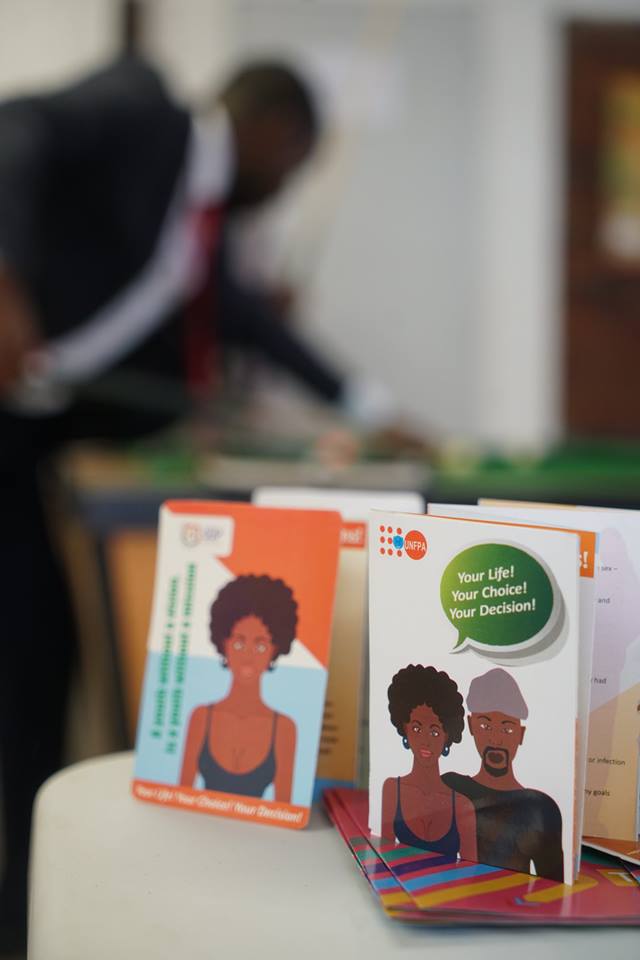Midlands State University, 19 May – "There are many problems we face on campus as students; some of my friends have had problems with drug abuse, abortions and STIs," said 24 year old Tinashe, a Human Resources Management student at Midlands State University (MSU). “Before we didn't know where to go for advice and help, I hope this centre will change that.”

Zimbabwe stands at the threshold of attaining the demographic dividend with it's extremely young population; 62% being between the ages of 10-24 years. However it is not an automatic process, investments in the future of young people in four critical areas of Education and Skills Development, Health and Well-being, Employment and Entrpreneurship, and Governance and Youth Empowerment are essential in order to empower them to realize their full potential, thus contributing to the economic and social transformation of the country.

This cohort in particular face a myriad of challenges related to their sexual and reproductive health and development. In Zimbabwe, nearly 1 in 10 adolescent girls give birth each year, HIV prevalence among young people is 6.7% and less than half of young people age 15-24 with primary school level and of those living in rural areas have a comprehensive knowledge of HIV prevention methods (41.4%) (ZDHS 2015). Lack of access to sexual and reproductive health information and services is a driver of these negative SRH outcomes and threatens the development of the nation in reaping the benefits of the demographic dividend.
Increased access to SRH information and services, through initiatives like the MSU Resource Centre is a key step in empowering young people to lead healthy and productive lives.
Speaking at the launch of the Resource Centre, UNFPA Country Representative, Cheikh Tidiane Cisse, emphasized the need for multi-sectorial, multi stakeholder involvement to ensure positive SRH outcomes for young people and contribute to the harnessing of the Demographic Dividend.

The Resource Centre has been fully renovated and equipped with furniture, snooker tables, dart board, computers, monitors, speakers, projectors, printer and air conditioners providing an enabling space for edutainment for the students of MSU.
“The provision of this excellent resource centre will go a long way in promoting young people’s access to sexual and reproductive health information; creating a safe, youth friendly and youth-centered environment for students to engage, dialogue and learn critical life skills, while also having fun!” said SAYWHAT Director, Vimbai Mlambo
The MSU Resource Centre and its ongoing SRH programmes are supported by UNFPA under the Safeguard Young People Programme (SYP), funded by the Swiss Agency for Development and Cooperation and the Health Development Fund (HDF), a multi-donor fund with support from the governments of Britain, Ireland, Sweden and the European Union.
By Victoria Walshe


